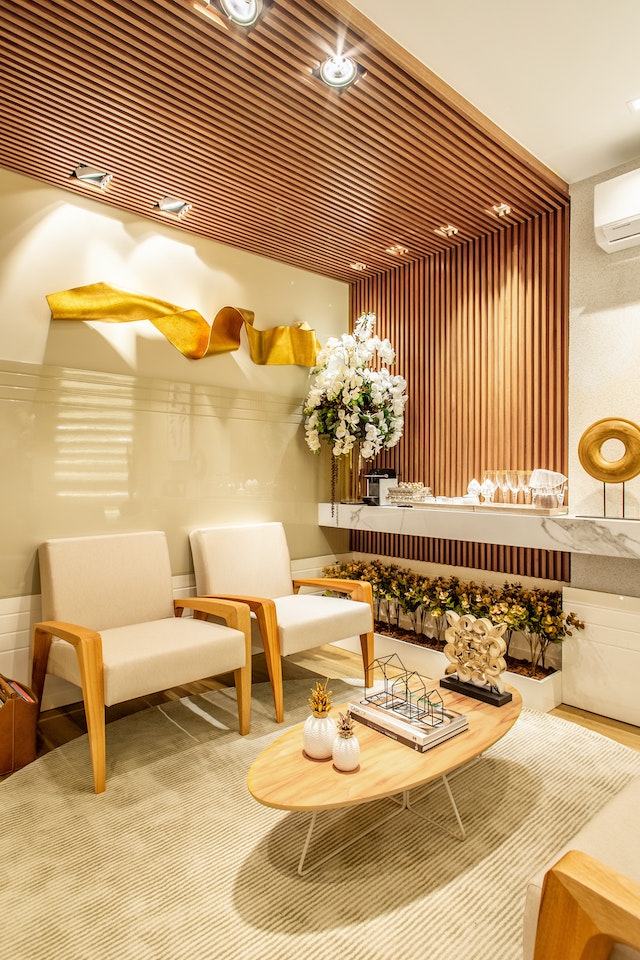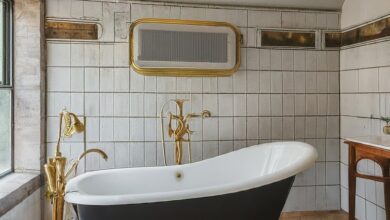Pros and Cons of Recessed Lights: Things to Consider
Recessed lights are great with little to be worried!

In terms of interior design, lighting is one of the most crucial elements. It blends style and function to light places effectively when done right. Recessed lights, commonly called can lights, may be something you’ve heard about if you’re building or renovating your home.
Many well-lit homes have recessed downlights, also known as can lights, which are a popular tool for lighting designers.
They are installed above the ceiling, unlike hanging light fixtures. Before considering it for your house, you should have a fair amount of knowledge about the pros and cons of recessed lights.
This article will focus on them to help you make informed decisions.
Notable Pros of Recessed Lights
Demand for recessed lighting has been rising. There are perks to using these lights that aren’t available with other options.
Consider the following when deciding whether recessed lighting is the best option for your home or company:
Recessed Lighting Pros: Stunning Lights
A strong beam of light shining on a priceless painting or statue captures our attention like a spotlight on a stage.
Recessed downlights can give an amazing lighting effect and add drama to a room by highlighting architectural details like the stone face on the fireplace.
Recessed Lighting Pros: Focused or Pushed Lights
Light from pendants and lamps is not very good at “pushing” useful, focused light down to counters, tables, and reading seats. Because the light beams disperse before reaching their intended targets. For this, recessed downlights work better.
They work incredibly well for lighting double-height rooms, especially when the beam spread is small.
A light beam will glow more brightly in a specific area if it is more focused. For instance, a spotlight emits a powerful, narrow beam of light, whereas a floodlight emits a wider but less-focused beam.
Recessed Lighting Pros: Invisible Lights
Recessed downlights are the best option for secretly spreading light. These lights are less noticeable than hanging light fixtures or other conventional ceiling fixtures.
Recessed lighting is a great way to simplify the look of the ceiling in your office, reception area, or living room if you don’t want to use any big lights.
Additionally, these lights are perfect for rooms with low ceilings, such as basements. You don’t have to worry about running into them when moving about because they are out of the way.
The size of the recessed lighting is getting lower. 2-and 3-inch cans are replacing the traditional 6-inch cans.
Recessed Lighting Pros: Even Lighting
To install recessed lighting, you must set many lights in various ceiling locations. This provides more even lighting than a standard overhead fixture, which lights the area near it.
You won’t have areas of the room that are darker with more even lighting.
Recessed lighting can also fully illuminate your kitchen for better cooking. However, enlighten your entire living space by having enough light wherever you sit to read.
Recessed Lighting Pros: Always in Style
Some lighting fixtures, such as track lighting or hanging fixtures have styles and designs that evolve with time. These lights will ultimately seem outdated if you invest in them.
Installing recessed lights means you can be assured that they will never appear antiquated or requires replacement.
Whereas this may not be as significant in a less often visited space, like a basement, it might be a wise investment for lighting in the kitchen or living room.
Notable Cons of Recessed Lights
Recessed Lighting Cons: More lights for Even Lighting
Recessed lighting’s disadvantage is that each light only illuminates a small space.
Installing many of these lights in your ceiling is necessary to ensure that your room is well-lit. This can affect the total cost, especially if you require them for a large space.
Recessed Lighting Cons: Complex Installation
Some homeowners can install traditional lighting. But this isn’t a good plan when using recessed lights.
For a safe installation, you have to remove the insulation around it. You’ll also need to drill holes in your ceiling.
The best way to make sure that the installation is safe and works well is to give this project to electricians which might cost you further.
Recessed Lighting Cons: Air Leakage
Because recessed lighting is installed directly into the ceiling, it might create small gaps around each light.
Air can enter through the cracks, leading to winds and decreasing your home’s comfort.
Professional electricians can help guarantee that these gaps are adequately sealed when installing recessed lights.
Recessed Lighting Cons: Lighting Explosion
Some new “recessed” LED downlights are barely recessed.
A quarter of an inch of recess and a brilliant frosted lens may turn these fixtures into glare bombs that cause eyestrain, headaches, and exhaustion, especially in open settings where we relax and sit for long periods of time.
But the shallow LED bulbs along the edge of the room light up the upper kitchen cabinets well. Stick with deeper recessed lights, though, for overall ambient lighting.
Final Words
Now that you know the pros and cons of recessed lights, you should make your decision accordingly. If you are looking to light up a large area, it will be better to avoid recessed lights.





